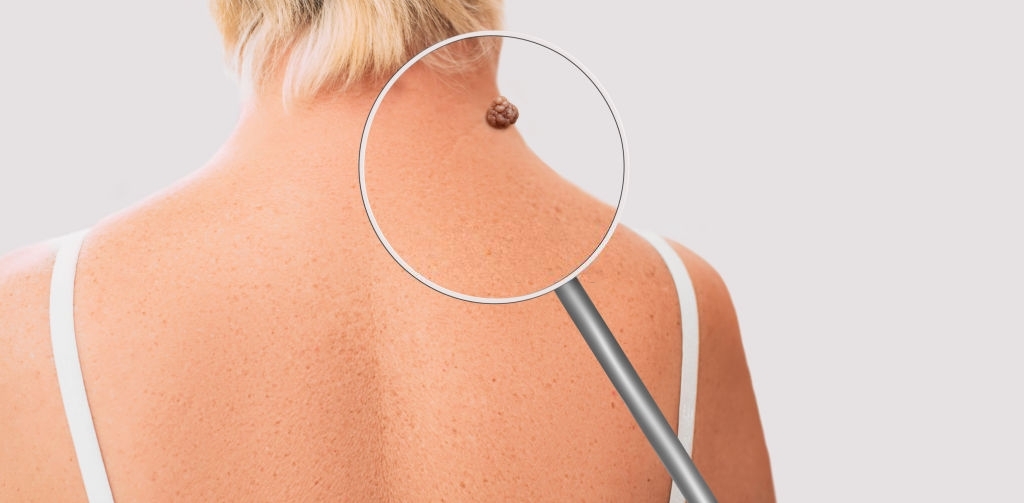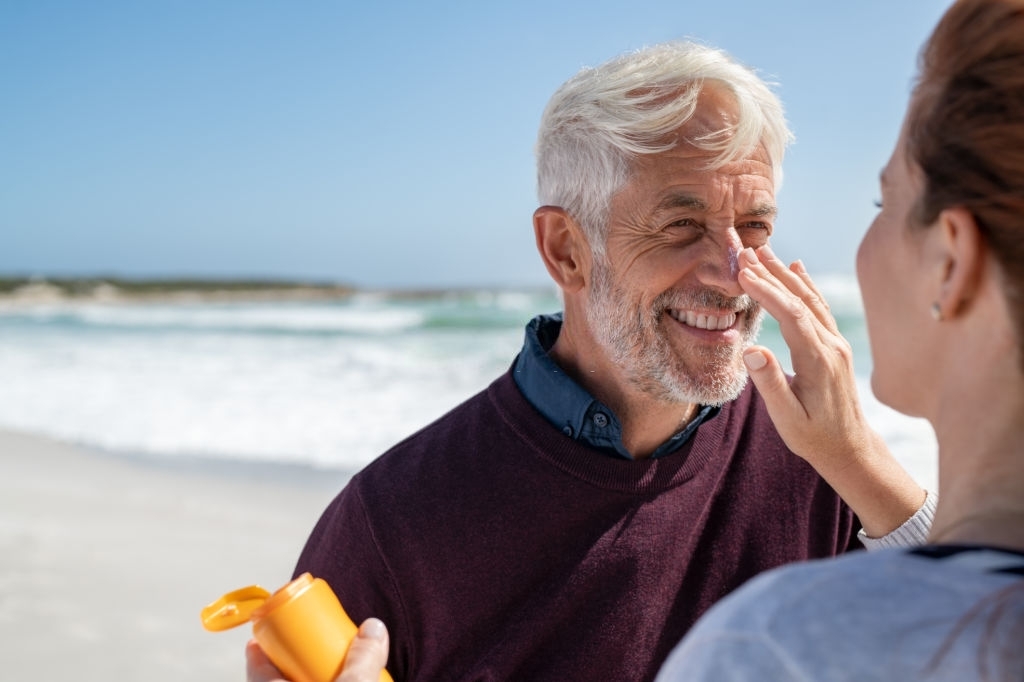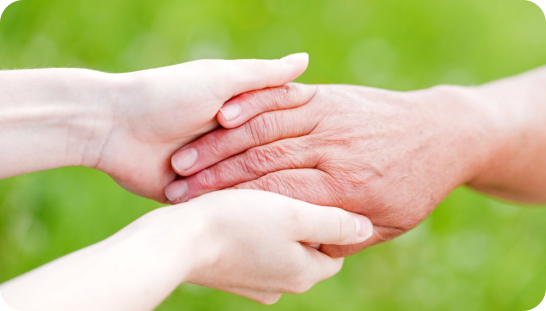Melanoma in the Elderly – 12 Commonly Asked Questions and Facts

We all love to embrace sunny days and bask in the sun’s warmth. But our love of the sun can have a downside: skin cancer risk. That’s right; skin cancer is pervasive among all ages, races, and backgrounds. And one of the most dangerous forms is melanoma. Melanoma is the most severe form of skin cancer because it’s often found too late.
The elderly are particularly susceptible to skin cancers because of their thinner, more fragile skin. Therefore, it is vital to check and notice your elderly loved one’s physical and health status to ensure they can avoid late detection and fatal consequences.
So giving importance to prevention and early detection and learning many facts about melanoma may save you and your elderly loved one’s life.
Melanoma in the Elderly -12 Commonly Asked Questions and Facts
1. What is Melanoma?
Melanoma is a form of cancer that begins in melanocytes, cells in the skin that produce melanin, the pigment that gives your skin its color. When the DNA in these cells becomes damaged and uncontrolled growth occurs, it can result in an aggressive tumor.
2. How Dangerous is Melanoma?
Melanoma is the deadliest type of skin cancer. It causes the most skin cancer deaths each year. Melanoma accounts for fewer than 5% of skin cancers yet causes more than 75% of all skin cancer deaths. Melanoma in the elderly especially needs to be checked immediately when it appears because it can be more aggressive in older adults. After all, their immune systems are weaker, and they have a higher risk of developing a second primary tumor.
3. What Causes Melanoma to Occur?
You or your elderly loved one’s genetics play a significant role in whether you develop melanoma. For example, melanoma is more common in people with red or blond hair, blue eyes, or fair skin. In addition, there are some other risk factors associated with melanoma development. These include ultraviolet radiation exposure, trauma to the skin, use of tanning beds, and certain medications that impair your immune system’s ability to fight off infection.
4. Where is Melanoma Most Frequently Found?

You can find melanoma on the back of the neck, abdomen, lower legs (especially the front part near the ankle), and head. It is because these parts of the skin are open to more ultraviolet light than other parts of your skin. Therefore, it’s essential to know where melanoma develops so you can look for it.
5. What Does a Melanoma Look Like
Melanoma typically comes in two colors. First, it typically starts pink or red and then tends to develop more of a dark-brown color. Additionally, Melanoma can also bleed when cut, bruised, burned, or injured.
If you noticed some of these signs, talk to a doctor right away to get tested.
6. How Common is Melanoma?
Melanoma is most common in people age 65 and older. More than 6% of all skin cancers are melanomas, yet they account for more than 90% of all skin cancer deaths because the tumors Nare often discovered too late to be treated successfully.
7. How Long Can a Person Have Melanoma and Not Know it?
Melanomas can be hidden under the skin for years, even decades. That’s why it’s vital to be alert to the earliest signs of melanoma.
8. Is Melanoma Painful and Itchy?
Typically, no, melanomas are painless and do not itch. The only sign you may notice is a new spot on the skin that is changing or getting bigger than expected or changing colors or colors that don’t usually appear together.
9. How Quickly Does a Melanoma Spread?
The speed at which melanoma spreads depends on the thickness of the tumor. If the melanoma is under 1 mm thick, it may not spread or spread very slowly. However, if it’s several millimeters thick, it may spread much more quickly.
10. What is the Survival Rate of Melanoma?
Melanoma spreads very quickly and can cause a person’s death in 3 to 5 years. Melanoma spreads primarily through the lymph system and often spreads to the blood. Moderately aggressive melanomas that don’t metastasize (spread) or surgically removed at early stages have a good prognosis for a cure, with a three-year survival rate. However, melanomas that metastasize (spread) site in the lymph system, which drains lymph nodes under the jaw, under the collar bone, around the kidneys, or in between the ribs, have a much lower survival rate of only two-thirds for women and one-half for men.
11. Can Melanoma Come Back?
Melanomas can come back, even after being completely removed. The chances of this happening are minimal if the melanoma is detected early and surgically removed. However, if the melanoma is not treated early enough or has spread to other parts of the body, cancer may come back.
12. What to Do To Prevent Melanoma?

The following are the three best things you and your loved one can do to prevent melanoma.
- Avoid Exposing Oneself to Direct Sunlight – Assuming your skin looks normal, it’s important to avoid sun exposure to reduce your risk for skin cancer. It may mean avoiding the sun between 10 AM and 4 PM in the winter or between 10 AM and 2 PM in the summer. You can still tan, but you should check very often for signs of melanoma that develop.
- Wear Sunscreen – Some people find that sunscreen helps prevent melanoma. An SPF higher than 15 is always best when you’re in the sun. Apply your sunscreen about 30 minutes before going outside and reapply it often.
- Wear Protective Clothing – Having a small amount of skin exposure may reduce your risk for melanoma. Choose clothes that cover most of your skin when possible. For example, you may want a hat or a scarf that covers your face and neck to protect your most vulnerable areas from the sun’s rays.
- Boost Your Aging Loved Ones Immune System – A healthy immune system helps ward off melanoma. There are many things you can do to boost your loved one’s immune system, including practicing good hygiene by staying clean and getting enough sleep. Eating plenty of fruits and vegetables may also help. It’s best to talk to a doctor about boosting your elderly loved one’s immune system.
Melanoma is a dangerous form of cancer that you should be aware of. The best course of action if you notice signs of melanoma in yourself or your elderly loved one is to get it checked out by a doctor immediately. In many cases, the doctor may remove the melanoma with surgery or remove the entire tumor from the affected area using freezing technology or electrocautery. In other cases, the doctor may recommend more aggressive treatment like radiation therapy or chemotherapy to keep it at bay.


